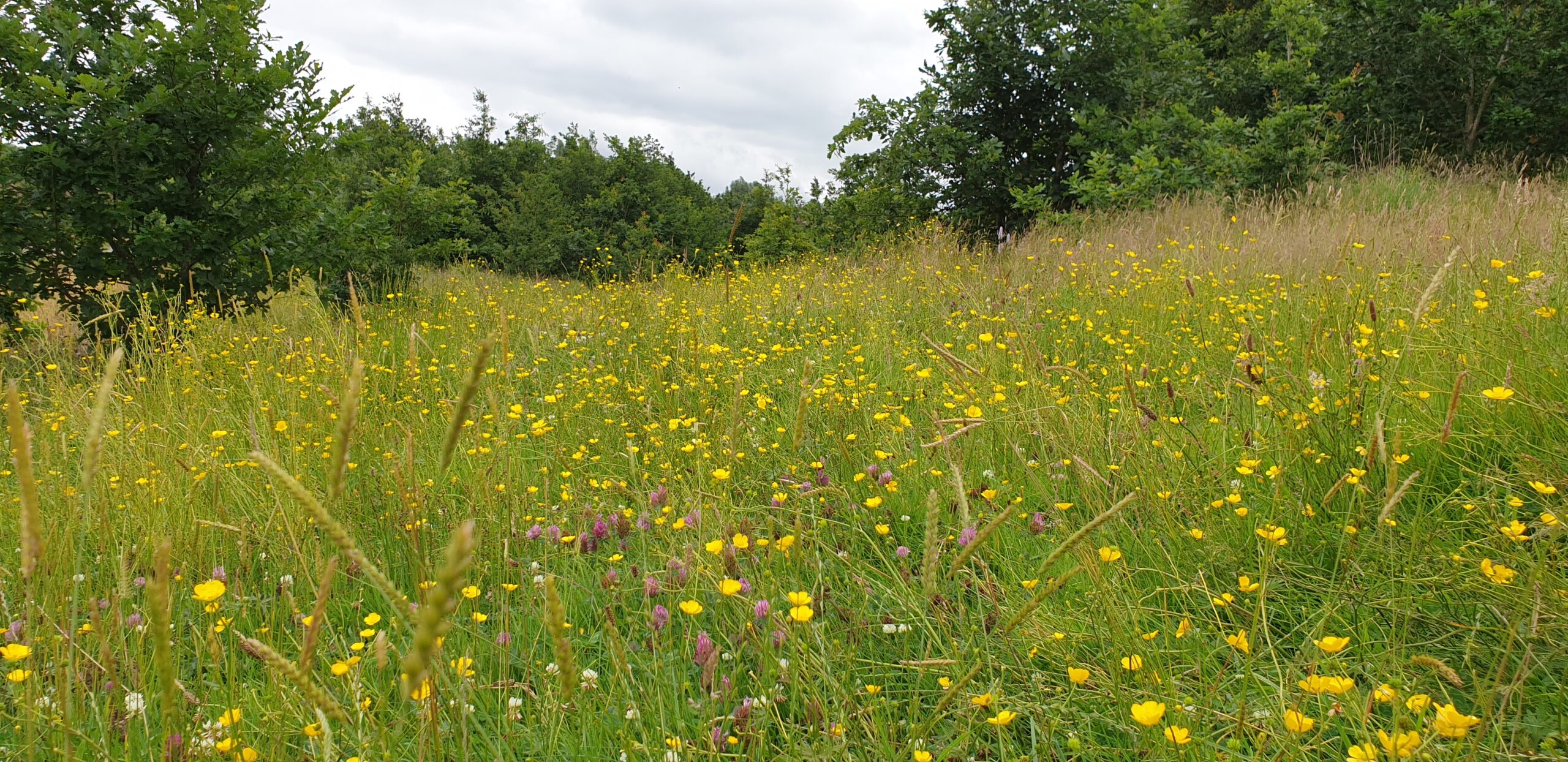In the nineties, the Belfast Naturalists’ Field Club extensively surveyed the urban flora of Belfast, resulting in a book, Urban Flora of Belfast. Many plants new to Down and Antrim were found, and most of these were new to Ireland as well. This was a three-year effort involving some thirty-one recorders. Since this survey, Belfast has seen many new species arrive: Yellow-wort (Blackstonia perfoliata), at one of its only stations in Ulster; Annual Beard-grass (Polypogon monspeliensis), new to Down (after I found it!); and Narrow-leaved Ragwort (Senecio inaequidens), which has exploded onto the radar as a pavement plant.
Urban areas are a hotspot for new, potentially invasive, non-native species which arrive in ports and on people all the time. They can also provide new niches for native plants, like the many species which have colonised tarmac and concrete, and those which find brownfield sites similar enough to their normal habitat. In Belfast, scarce natives like Fairy Flax (Linum catharticum) and Common Centaury (Centaurium erythraea) mingle with recent colonists on the gravel of building sites and industrial estate.
It’s important to remember that urban areas aren’t devoid of semi-natural habitats either. Belfast has species-rich grassland in the Lagan Valley, like at Lagan Meadows, and in the Belfast Hills; some parks have been growing increasingly rich, like the now flower-and-butterfly-filled Orangefield Park. There are old woodlands and even small fens at Cregagh Glen. Belfast has retained an area of semi-natural ecosystems that rivals rural Down just to the south – we should not be dismissive of our forests and meadows!
However, many of these habitats do go under-appreciated. The fantastic new arrivals go unrecorded, increasing the risk of invasive species going undetected until it’s too late. Recording of native species is little better, and our knowledge of what we have to cherish and protect is lacking as a result. Lagan Meadows has not been grazed by cattle for several years, leaving the grassland and pond plants that rely on disturbance doomed to the tide of vegetational succession. Rhododendron, Cherry Laurel (Prunus laurocerasus) and other species are invading Cregagh Glen, threatening to smother the woodland plants and trees, while Himalayan Balsam (Impatiens glandulifera) runs rampant along riversides and in damp woodland.
I hope to see changes in the urban flora of Belfast: not just new arrivals, but changes in our knowledge and understanding of what’s already here; not just knowledge, but changes in how we treat our precious, irreplaceable habitats. Recording, campaigning, appreciating, seeing, I think there’s something we can all do for Belfast’s urban flora.

Leave a Reply